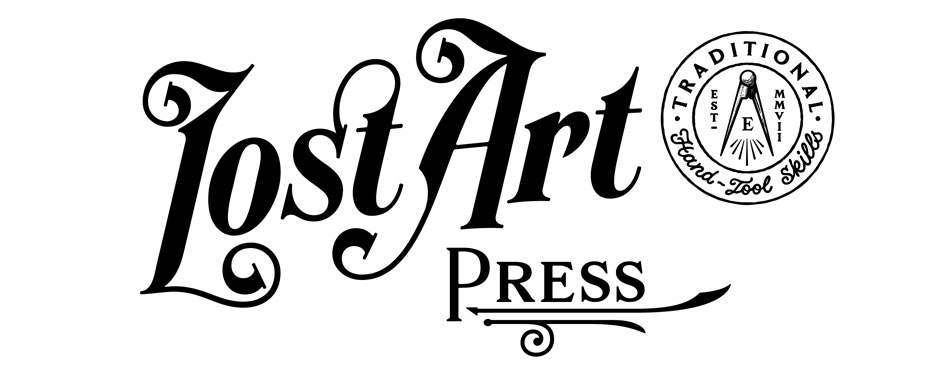Camp chests are very convenient when it is practicable to carry them. In fixed camp and old trunk will do; but if you are traveling from place to place, the boxes should be small, weighing not over 50 or sixty pounds each when packed, so that one man can easily handle them unassisted. If they are specially made, cottonwood is the best material (if thoroughly seasoned board can be had – otherwise it warps abominably). It is the strongest and toughest wood for its weight that we have, and will not splinter.
For the ends and lids of small chests, 5/8-inch stuff is thick enough, and 3/8-inch for the sides, bottoms and trays. The bottom should have a pair of 5/8-inch cleats for risers and the top a similar pair to keep it from warping, unless the chests are to go on pack animals. Strap hinges and hasp, a brass padlock and broad leather ed straps (not drop handles) should be provided, and the chest painted.
— “Camping and Woodcraft” (Outing Publishing, 1916) by Horace Kephart







